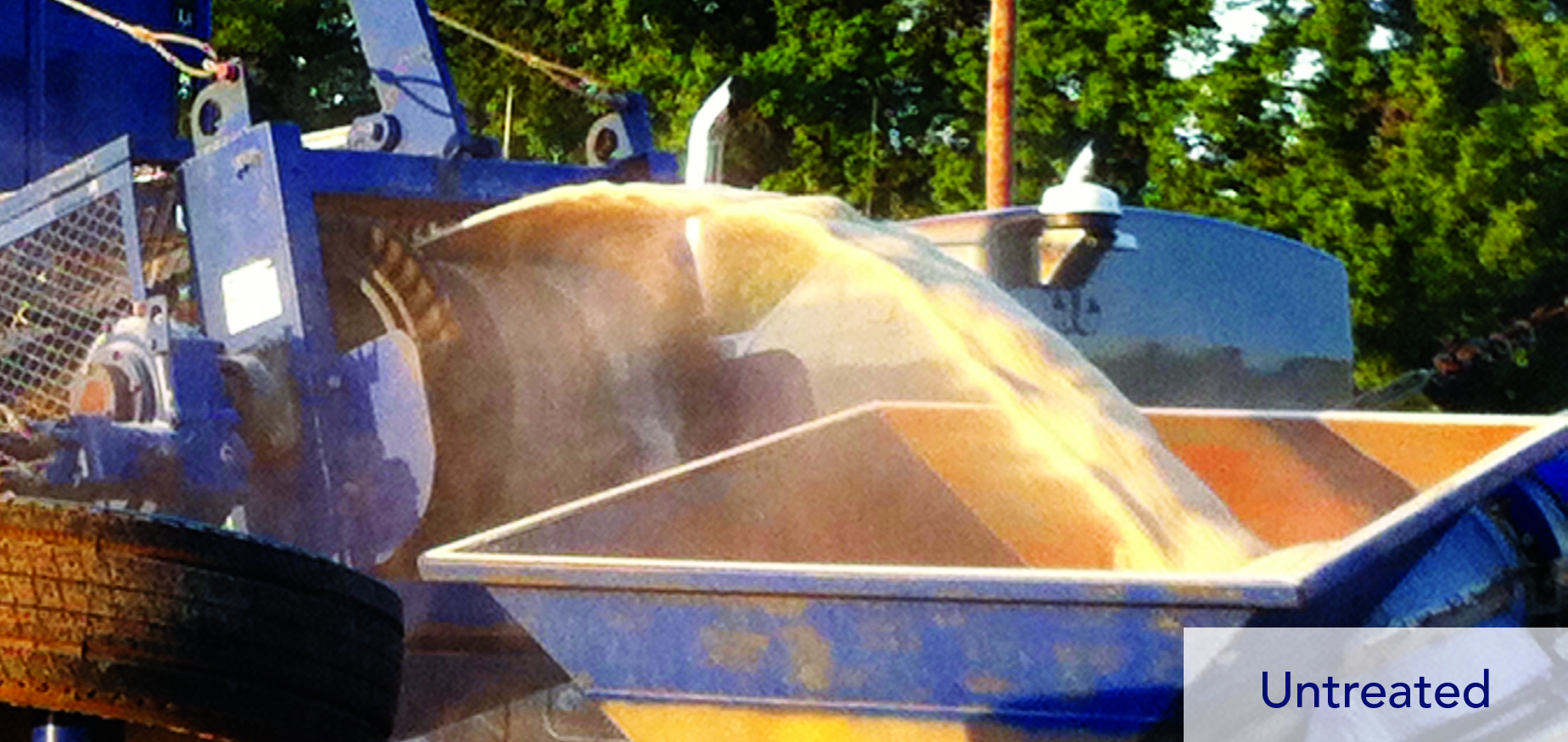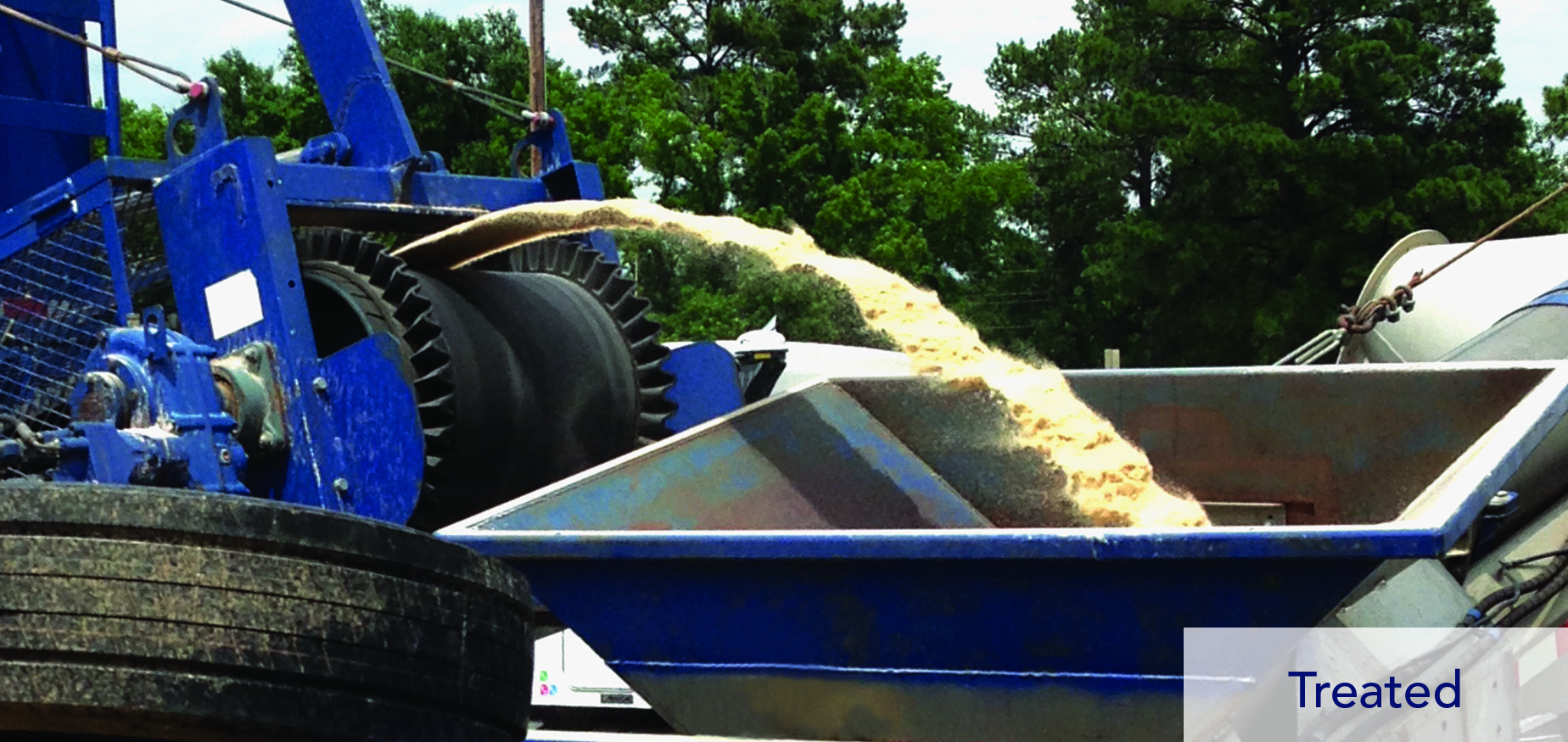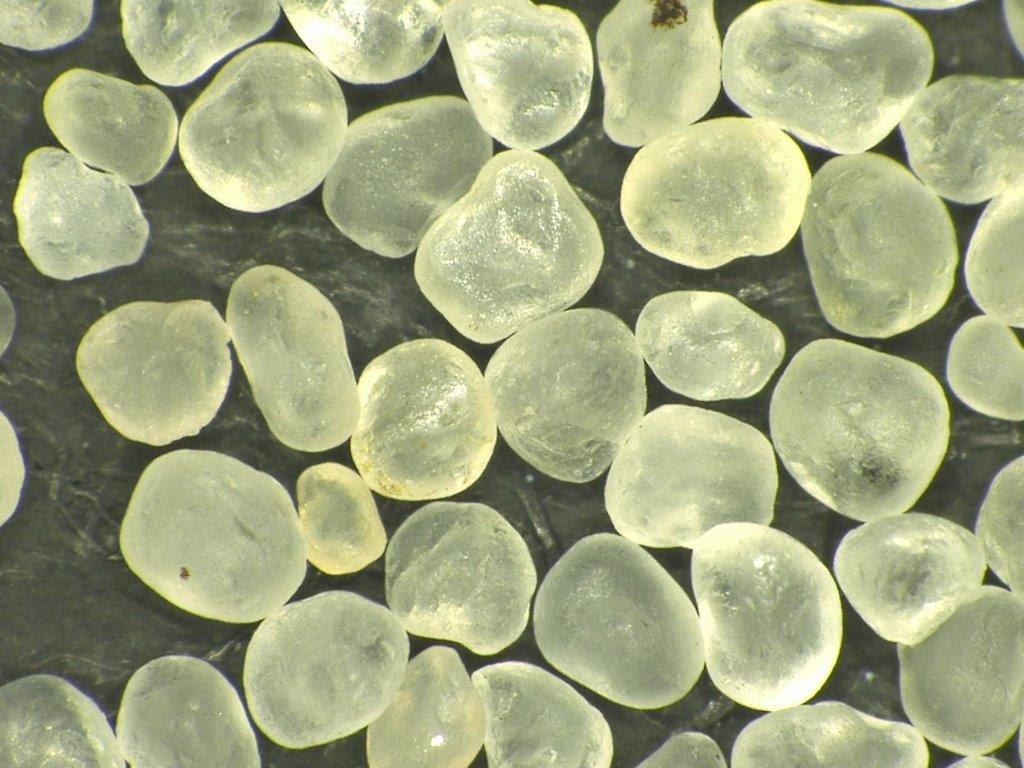Heightened regulations are in the pipeline to reduce silicosis deaths
By Paul Wiseman
Of the major inhaled pollutant issues, frac sand is not on the list for most people. After all, it spends most of its existence in the ground—in the mine or in the oil well.
Seems harmless enough.
But on its way from the mining site, through transloading and finally above ground at the frac site, frac sand gives off microscopic dust particles which, if inhaled, can cause lung disease and even death. OSHA estimates that 700 people per year die from this condition, known medically as silicosis.
Current regulations regarding the amount of respirable dust allowed at any sand site have been in place for about 40 years, said John Suldickas, commercial manager, oil and gas for ArrMaz, a Florida company specializing in dust-control coatings for industries including fertilizers and mining.
The regulations are largely ignored, according to a 2012 NIOSH (National Institute for Occupational Health) study, hence the reduced standards and tightened monitoring. They monitored 11 sites in five states, including Texas, and found that 79 percent of the sites exceeded NIOSH’s REL (recommended exposure limit), some by up to ten times. Here is the link to the study: https://blogs.cdc.gov/niosh-science-blog/2012/05/23/silica-fracking/
Probably as a result of tests like these, OSHA in 2016 classified the oil and gas industry as a “severe violator” of the previous regulations. “That has important repercussions that the oil and gas industry, and the E&P companies in particular need to understand. They’re already on OSHA’s naughty list,” Suldickas said.
Once a company is identified as a violator it must submit an action plan including onsite medical surveillance and testing of employees—and they must track the health of those employees for 30 years, Suldickas said.
The new rules began the phase-in stage in 2016. OSHA divided compliance into three segments, Suldickas explained: construction, general industry, and hydraulic fracturing. Each has its own compliance deadline.
For the frac industry, OSHA cut the PEL or permissible exposure limits in half. From the previous PEL of .1 mg/m3 they dropped to .05. Also, the previous Action Level (AL) was .05 and is also cut in half to .025. AL is the level at which companies must begin tracking and reporting levels and remediation efforts.
New regulations also change the method of protection.
Older regulations allowed the use of personal respirators known as PPDs or purified protein derivative masks in cases where the airborne particulates exceeded limits. PPDs will no longer be allowed. “Now the first line of defense has to be an engineering control,” Suldickas said. Engineering control would be defined as a system of fans or other means of removing respirable silica dust from the air before it reaches workers.
Three types of locations will be required to have this engineering protection: sand mining sites, transloading sites that transfer sand from trains to “last mile” trucks, and frac sites.
Installing fans would be much more difficult at transloading and frac sites than at mining operations, Suldickas noted. That’s because mining operations are at large, fixed locations, while frac sites move around and transloading sites have few facilities.
And lest those at frac sites feel that their open air nature allows respirable dust to blow away, Suldickas said that NIOSH study showed that’s not the case.
Complicating things at the frac site is the fact that multiple companies are involved in handling the frac sand. Haulers, completion companies, and others can be exposed to the dust. So who would be responsible to OSHA for violations? It’s the E&P, because that’s the company with overall control of the site. However, all involved might face action.
Rather than dealing with dust separately at each step of the way, ArrMaz suggests using a one-time treatment they developed in 2015. “We prefer to treat the sand coming out of the sand plant, although we can treat it anywhere in the supply chain,” Suldickas said. Their treating product is called SandTec™. Its purpose is to coat the sand particles so they cannot give off respirable silica particles at any point after the treatment.
“We call the SandTec a technology because it basically comprises two parts: we developed the chemistry around the coating product itself; but… we also bring to the table the application knowledge and technology.” So they can provide the coating material as well as the machinery to apply it—and they can help design the coating system.
Suldickas said ArrMaz engineers worked for about two years with a large hydraulic fracturing company in both phases of design: the coating and the application process. It was important, he said, to make sure the coating did not interfere with frac chemicals or with the insertion of the sand particles into the formation.
The main concern for application was that it not slow down the processing of the sand. With frac sand demand increasing exponentially, sand providers can’t afford delays in shipping—and neither can E&Ps. ArrMaz’s system can treat 650 tons per hour at load-out. They have designed systems that can treat up to 800 tons per hour.
The benefit of treating sand at the plant is twofold: treating it there means no one downstream has to do anything extra to comply with the new rules. And second, just as with fans, the mining operation’s fixed facility makes adding treatment equipment more practical there than anywhere downstream.
Cost is also a factor in any regulatory climate. Suldickas said their goal was to make their procedure more cost-effective than the other options currently in place.
With regulatory deadlines still about a year away, there has been industry interest, he said, in compliance methods but that clanking sound in the air is the sound of cans being kicked down the road. “Most major players realize that chemical coating is the way to go,” said Suldickas, but the rush to compliance may still be further down the road.
—PW
Subscribe to receive PBOG delivered to your front door.
[maxbutton id=”15″]
Sign-up for PBOG email updates.












